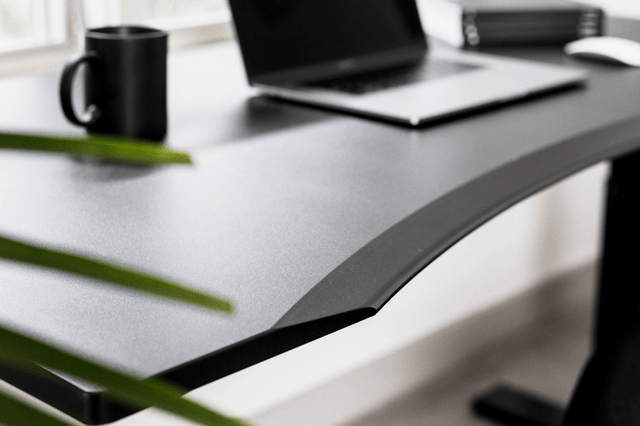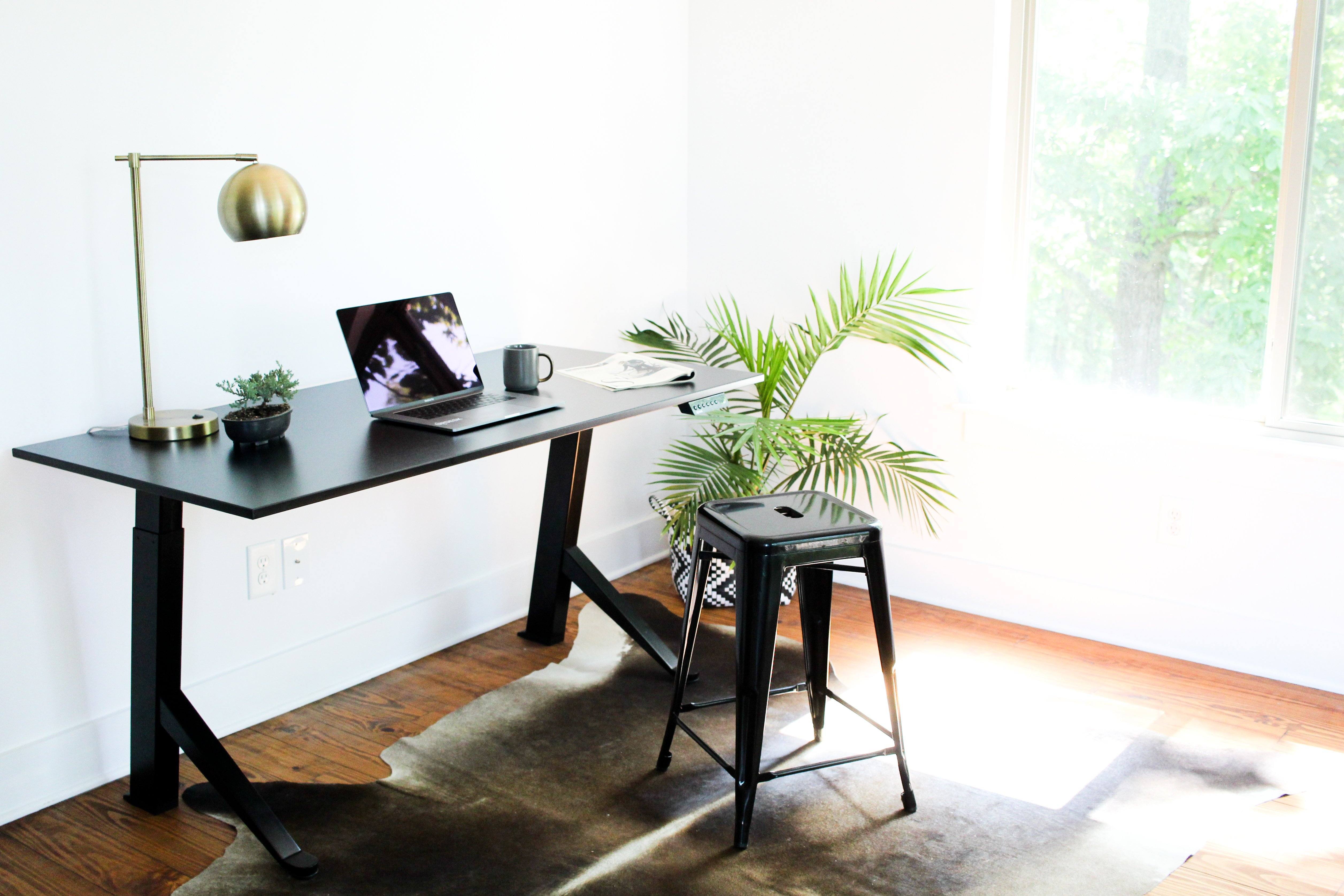I wish I had a quarter every time someone asked me to provide him or her with a few tips for standing up at work. You guessed it... I'd be rich. It's encouraging to see the movement of people becoming more aware of the risks involved with extended sitting; but most importantly they're actively seeking to do something about it.
After you've made the decision to stand up at the office or home you may find yourself asking "Now what?" I've outlined 7 helpful tips to get you headed in the right direction:
- Research
- Experiment
- Prepare yourself for the adjustment period
- Always have a pair of comfortable shoes handy
- Invest in an anti-fatigue floor mat
- Understand the importance of ergonomics
- Focus on your overall posture
1. Research
Ready for your assignment? Your topic is the standing desk and you'll need to turn in a thirty-page document by the end of the day. And... go.
Even though this assignment is 100% pretend I suggest you do some research on standing desks before you commit to anything. Think about what it is you actually need the overall quality of the product and how convenient it will be to use on a daily basis. You'll receive an A+ in self-satisfaction if you put in the work beforehand!
2. Experiment
After you've completed your homework it's now time to experiment. Your goal is to find out if you notice any benefits from standing up while working. I've noticed hundreds of people create their own DIY standing desk and I encourage it!
However understand DIY projects are basically means to an end. They're great for allowing you to get the feel of a standing desk but you'll soon realize it isn't a long-term solution. You may actually want to drink that particular soft drink you've stacked up or use those cinderblocks to build that dream garage/patio you've always wanted.
3. Prepare yourself for the adjustment period
Transitioning to a standing desk is relatively easy but not painless. Go ahead and expect there to be some minor discomfort during the initial adjustment period (sore feet tired legs shaky calves).
BONUS TIP: Try alternating sitting and standing every hour in the beginning stages. It worked wonders for me. Keep in mind the discomfort is probably because your body has associated sitting down with working. It takes the average person around two weeks to become confident and standing hours on end.
Don't be discouraged if you're noticing early fatigue... No pain no gain.
4. Always have a pair of comfortable shoes handy
Some people (especially women) worry about having to sacrifice fashion for standing up at work. Yes standing in high heels or harness boots all day is not ideal for a standing desk.
Here's a thought leave a pair of comfortable shoes in your office or cubicle. It's just that simple.
5. Invest in an anti-fatigue floor mat
Along the same lines of taking care of your feet investing in an anti-fatigue floor mat is critical for standing desk success. It's not called "anti-fatigue" for nothing...
Recently I've been using the one we offer on our website and it's already made a difference. It gives me that extra cushion I need to be able to work longer standing up and it's not so harsh on my knees.
Using an ½ inch anti-fatigue floor mat will be sufficient for most people but you might want to consider a thicker one if you're on your feet for 12+ hours a day.
6. Understand the importance of ergonomics
Ergonomics are defined as "design factors as for the workplace intended to maximize productivity by minimizing operator fatigue and discomfort." It's important to understand and utilize proper techniques when working.
Unlike a few other companies we considered the user's workflow when developing UpDesk. Features like the ergonomically designed desktop and the ability to raise or lower your entire workspace will help increase productivity and minimize fatigue.
Here are some additional ergonomic tips:
- Your arms should be positioned at a true 90 degrees when typing/standing
- The computer screen should be eye-level
- Make sure your computer monitor is at least an arm's length away
7. Focus on your overall posture
Last but not least try focusing on your overall posture when standing. It's easy to go back to those bad habits in which made you get a standing desk in the first place.
Personally I like to envision my head touching the ceiling. This keeps my shoulders back and allows me to stand straight up. I position my feet shoulder-length apart but I often cross my legs to switch it up as well. You'll quickly find out what works best for you.
(Image by HansKristian)




